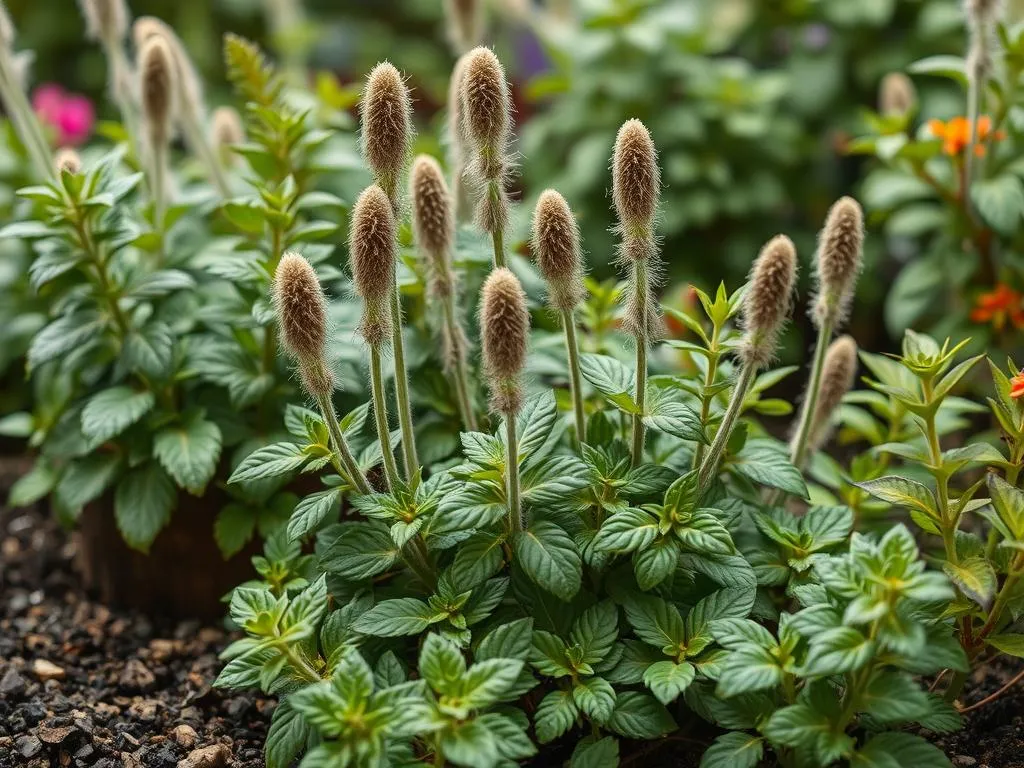
Introduction
For many dog owners, the joy of having a furry friend often comes with the challenge of maintaining a beautiful garden or lawn. Dog urine can be surprisingly detrimental to plants, causing unsightly yellow patches and stunted growth. Understanding how to select plants resistant to dog urine is essential for any pet owner who wishes to keep their outdoor space thriving. In this article, we will delve into the effects of dog urine on plants, identify the characteristics of urine-resistant plants, and provide a list of suitable options for your garden.
Understanding Dog Urine and Its Effects on Plants
Composition of Dog Urine
Dog urine is composed of several elements, primarily nitrogen, salts, and urea. While nitrogen is a vital nutrient for plant growth, excessive amounts can lead to toxicity. The high concentration of salts can also create an inhospitable environment for plants, leading to dehydration and nutrient imbalance. Understanding these components is crucial for identifying which plants can withstand occasional exposure to dog urine.
Common Symptoms of Urine Damage
When plants are subjected to dog urine, they often exhibit distinct symptoms, which include:
- Yellowing or browning of leaves: This is one of the most common signs, indicating that the plant is struggling to absorb nutrients.
- Stunted growth or wilting: Excessive nitrogen can hinder growth, leading to a plant that appears weak and lifeless.
- Death of the plant: In severe cases, prolonged exposure can lead to the plant’s demise, especially for more sensitive species.
Factors Influencing Damage
Several factors can influence how dog urine affects plants:
- Type of soil and drainage: Well-draining soil can help mitigate the effects of urine by allowing excess moisture and salts to dissipate more effectively.
- Plant species and their resilience: Some plants are inherently more tolerant of nitrogen and salts than others.
- Frequency and quantity of exposure: Regular exposure to urine, especially in concentrated amounts, will increase the likelihood of damage.
Characteristics of Urine-Resistant Plants
What Makes a Plant Resistant?
Plants that can withstand dog urine typically share certain characteristics, including:
- Drought tolerance: These plants can better manage excess nitrogen and salts, as they are adapted to survive in less-than-ideal conditions.
- Deep root systems: A robust root system allows plants to access moisture and nutrients deep within the soil, making them less susceptible to surface-level damage.
- Thick foliage: Plants with thicker leaves can often withstand higher levels of stress from dog urine.
Native plants are particularly well-suited for this challenge as they have adapted over time to local conditions, including the effects of animal waste.
Importance of Soil Quality
Healthy soil plays a vital role in mitigating the effects of dog urine. Well-aerated, nutrient-rich soil can help plants recover from occasional damage. To improve soil health, consider the following tips:
- Add organic matter: Incorporate compost or well-rotted manure to enrich the soil.
- Ensure proper drainage: Avoid waterlogged conditions by amending soil with sand or gravel if necessary.
- Test soil pH: Aim for a neutral pH to promote optimal nutrient absorption.
Top Plants Resistant to Dog Urine
Flowering Plants
Choosing the right flowering plants can enhance your garden’s aesthetic while being resilient to dog urine. Here are some excellent options:
- Marigolds: These vibrant annuals are not only beautiful but also hardy. They thrive in sunny locations and require minimal maintenance.
- Zinnias: Known for their colorful blooms, zinnias are drought-tolerant and can withstand the occasional nitrogen overload from dog urine.
Shrubs and Bushes
Incorporating shrubs and bushes is a great way to add structure to your garden. Consider these resilient options:
- Boxwood: This evergreen shrub is not only versatile but also resilient to dog urine, making it perfect for borders or hedges.
- Dogwood: With its stunning blooms and bark, dogwood is both beautiful and capable of withstanding some urine exposure.
Ground Covers
Ground cover plants are ideal for filling in spaces and preventing erosion. Here are a few that can handle dog urine:
- Creeping Thyme: This aromatic ground cover is hardy and can recover quickly from urine exposure, providing a lush carpet of greenery.
- Sedum: Known for its thick leaves, sedum is drought-resistant and can tolerate the effects of dog urine.
Grasses
Selecting the right type of grass is crucial for maintaining a healthy lawn. Consider these dog urine-resistant grasses:
- Fescue: This grass type is known for its deep root system and tolerance to dog urine, making it a popular choice for pet owners.
- Bermuda grass: This warm-season grass is durable and can withstand the wear and tear of pets, including the effects of urine.
Tips for Creating a Dog-Friendly Garden
Design Considerations
Creating a dog-friendly garden requires thoughtful planning. Here are some layout suggestions:
- Designated dog areas: Allocate specific zones for your dog to play and relieve themselves, minimizing damage to your prized plants.
- Use barriers and borders: Install fences or decorative barriers around sensitive plants to protect them from curious pets.
Training Your Dog
Training your dog to urinate in specific areas can significantly reduce plant damage. Here are some strategies:
- Positive reinforcement: Reward your dog when they use designated areas to encourage this behavior.
- Consistency: Take your dog to the same spot regularly to establish a habit.
Maintenance Practices
Maintaining plant health is essential, especially in a dog-friendly garden:
- Regular watering: Keep plants well-hydrated to help them recover from any urine damage.
- Prompt clean-up: Address urine spots immediately to prevent long-term damage to plants.
Conclusion
Choosing plants resistant to dog urine is vital for maintaining a healthy and beautiful garden while accommodating your furry friends. By understanding the effects of dog urine, recognizing the characteristics of resilient plants, and implementing design and training strategies, you can create a vibrant outdoor space that is both dog-friendly and visually appealing. We encourage you to explore the options outlined in this article and share your experiences and tips in the comments below.
FAQs
What are the signs of a plant suffering from dog urine?
Signs of plant suffering include yellowing leaves, stunted growth, and in severe cases, plant death.
How can I protect my lawn from dog urine damage?
Consider using dog-friendly plants, creating designated areas for urination, and maintaining soil health.
Are there specific fertilizers that can help with urine damage?
Using balanced fertilizers can help plants recover, but avoid those high in nitrogen, which can exacerbate the issue.
Where can I find dog urine-resistant plants locally?
Visit local nurseries or garden centers that specialize in native plants, as they often carry urine-resistant options.









